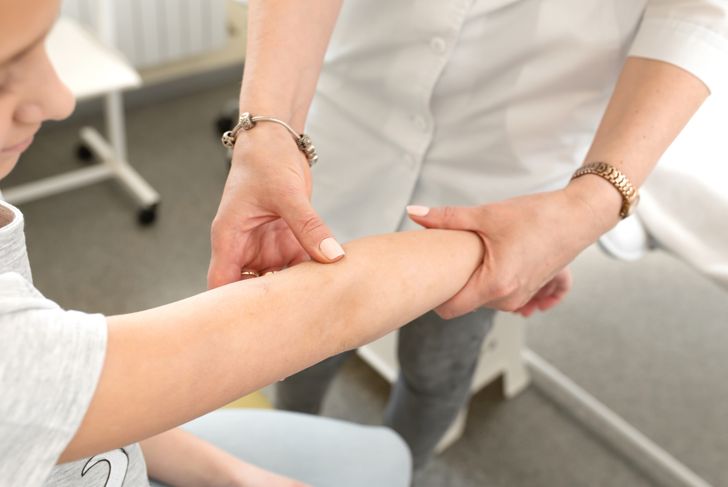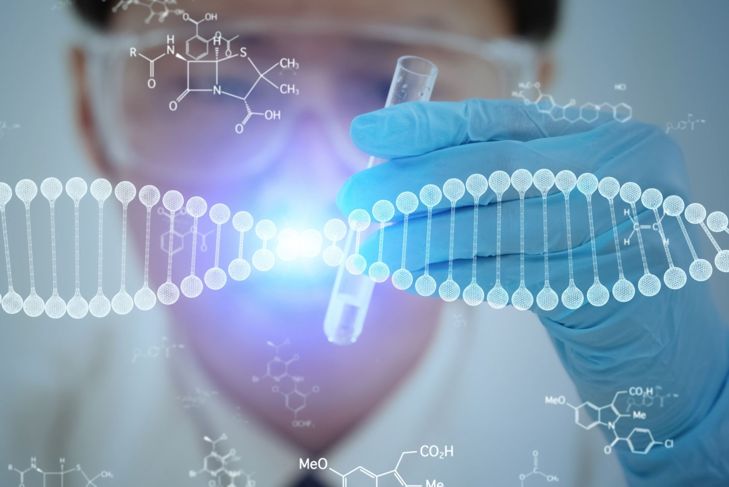Charcot-Marie-Tooth disease or CMT disease affects the peripheral nervous system. These nerves branch out from the brain and spinal cord and connect to all other parts of the body. Due to their wide influence, CMT disease can affect people in a variety of ways.
Genetic Defects and Nerves
Inherited gene defects from one or both parents can cause Charcot-Marie-Tooth disease. The type of mutation determines the symptoms and when they will appear.Some mutations affect the axon, the part of the nerve that sends signals to the other cells. Others affect the myelin sheath, the protective lining around the nerve cell. Any defect can damage the nerve cell significantly and affect its ability to send signals to the body.
Prevalence and Effects of Mutations
Charcot-Marie-Tooth disease is a common inherited disorder, affecting 2.6 million people around the world. In some cases, though, the genetic mutations that cause CMT disease happen spontaneously at conception.People with this condition may also have two or more mutations causing multiple forms of the disease. Multiple mutations in different genes can cause the same symptoms, or symptoms can vary greatly among family members with the same defect.
Early Symptoms
Early symptoms of Charcot-Marie-Tooth disease include weakness or paralysis of the feet and lower legs, high-stepped gait, high arches, and hammertoes.The main symptoms typically begin between five and 15. The person starts to lose muscle tone in the lower extremities, causing the bottom of the legs to be disproportionately thinner than the top.
Symptom Progression
As symtoms progress, people with CMT disease may begin to experience weakness in the hands and have a reduced ability to feel hot and cold. They may have a decreased sense of touch, particularly vibration and position.Many people develop contractures, muscle cramps, tremors, curvature of the spine, and hip displacement. Nerve pain may be moderate or severe, and vision and hearing may be affected. Although rare, the disease can affect the nerves that control the diaphragm, causing breathing difficulties.
Types of CMT Disease
There are multiple types of CMT disease. CMT1 is the most common. It primarily affects the myelin sheaths and results in decreased nerve conduction.CMT2 is caused by abnormalities in the axons and results in slower nerve conduction and reduced nerve signal strength. Other types include CMTX, CMT4, and CMT3 or Dejerine-Sottas disease.
Diagnosis
Diagnosis of Charcot-Marie-Tooth disease begins with a neurological exam and detailed health history. The doctor will check for muscle weakness in the arms and legs and evidence of foot, hip, and spine deformities.Enlarged nerves due to thickened myelin sheaths may be felt or seen under the skin, and nerve conduction studies that capture electrical activity can show the severity of the disease and which nerves are involved. A nerve biopsy can reveal signs of demyelination, and blood tests can detect many of the most common types of CMT disease.
Inheritance Patterns
There are threeinheritance patterns for Charcot-Marie-Tooth disease. The first is autosomal-dominant, when the person only has one copy of the mutated gene. In this case, one of their parents carries the gene, and there is a 50 percent chance of their inheriting the disorder.Autosomal-recessive disorders happen when the child inherits the defective gene from both parents. These cases of CMT disease are classified as CMT4.Another inheritance pattern for this condition is when the defective gene is on the X chromosome, which comes from the mother. If a woman with this mutation gives birth to a son, he has a 50 percent chance of inheriting the disease.
Treatment
There is no cure for CMT disease, and treatment focuses on symptom management. Pain medication can help with nerve damage and muscle cramps, and physical therapy helps strengthen and stretch the muscles and prevent disabilities as the disease progresses.Occupational therapy can help with fine motor movements in the hands. Therapists can also help with braces and splints for added support and stability for the hands, legs, and feet. Surgery can correct severe foot deformities, but it does not restore muscle loss.
Gene Therapy and Other Treatments
Researchers are looking into multiple potential therapies, including interventions to prevent passing on the disease. Gene therapy is also emerging as a possible treatment option. Generally, these treatments involve transferring genetic material into affected cells to replace or silence the expression of defective genes or prevent nerve degeneration.
Prognosis and Complications
Charcot-Marie-Tooth disease is not fatal, and most people live a long, fulfilling life and remain active. In rare cases where the breathing muscles are affected, assistive devices, like a CPAP or BiPAP machine, may be needed at night.Injury from falls is a common complication of living with this disease. Injuries and infections may also go unnoticed due to a lack of temperature and pain sensation.

 Home
Home Health
Health Diet & Nutrition
Diet & Nutrition Living Well
Living Well More
More




















